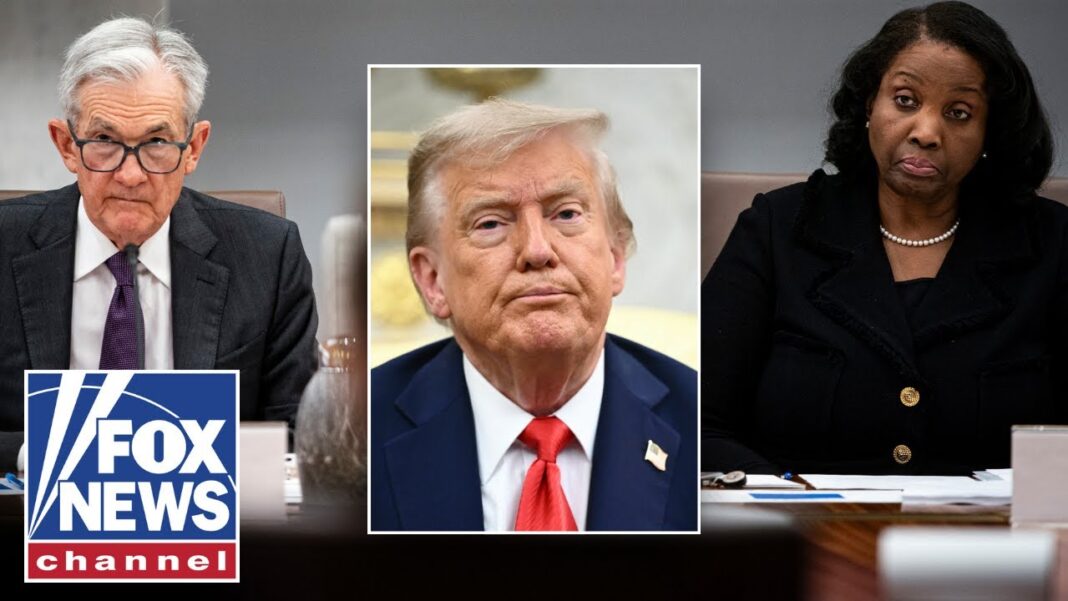Since Russia invaded Ukraine in 2022, India has been one of Russia’s most significant trading partners, with annual bilateral trade reaching almost $69 billion.
President Donald Trump’s additional 25 percent tariff on India became effective at midnight on Aug. 27, bringing the total rate to 50 percent on many imports entering the United States.
The president, in his global tariffs announcement in April, introduced a 26 percent levy on Indian goods, aimed at pressuring the Indian government to lower its trade barriers. Months later, the rate was revised slightly lower to 25 percent.
In an Aug. 6 executive order, Trump implemented an additional 25 percent tariff on India, saying its government is “currently directly or indirectly importing Russian Federation oil.”
Since Russia invaded Ukraine in 2022, India has been one of Russia’s most significant trading partners, with annual bilateral trade reaching almost $69 billion.
Energy has been the primary product uniting the two countries for the past few years.
With crude oil imports exceeding $52 billion last year, India accounts for an estimated one-third of Russia’s petroleum exports, fueled by a sanction-driven discount.
In December 2024, the Group of Seven (G7) introduced a price cap of $60 per barrel on Russian Urals crude to reduce the country’s oil revenues. Because global oil prices have declined—a barrel of U.S. West Texas Intermediate crude oil is trading at roughly $64 per barrel—the discount has become minimal.
“India swapped high-shipping-cost crude from the US, South America, and Africa with cheaper Russian crude,” energy economist Anas Alhajji said in a note for Energy Outlook Advisors. “About 932 kb/d [1,000 barrels per day] of costlier oil or oil redirected to Kuwait and Oman’s refineries was replaced by Russian imports. Sanctions on Russian crude shaped trade directions and India’s purchasing patterns.”
U.S. officials say that India’s continued transactions are funding Russia’s war effort in Ukraine.
In an Aug. 4 Truth Social post, Trump said India has been exploiting discounted Russian crude to sell it “on the open market for big profits.”
“They don’t care how many people in Ukraine are being killed by the Russian War Machine,” he said.
India’s government has dismissed these criticisms, stating in a response to The Epoch Times that these purchases are aimed at providing its nearly 1.5 billion population with affordable energy.
By Andrew Moran







